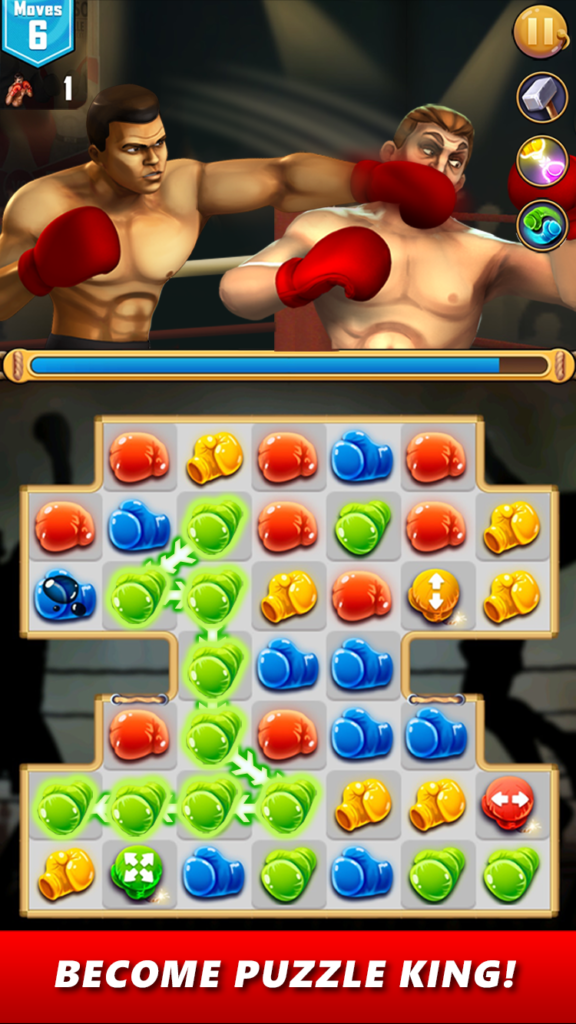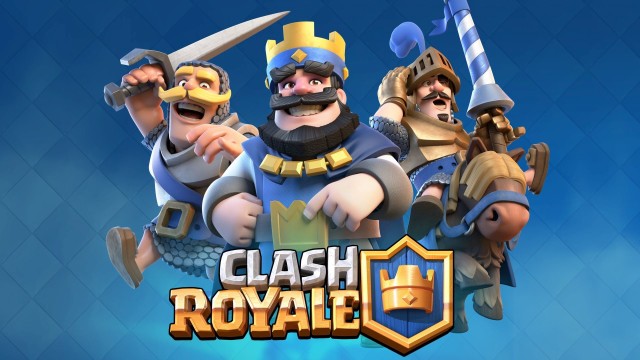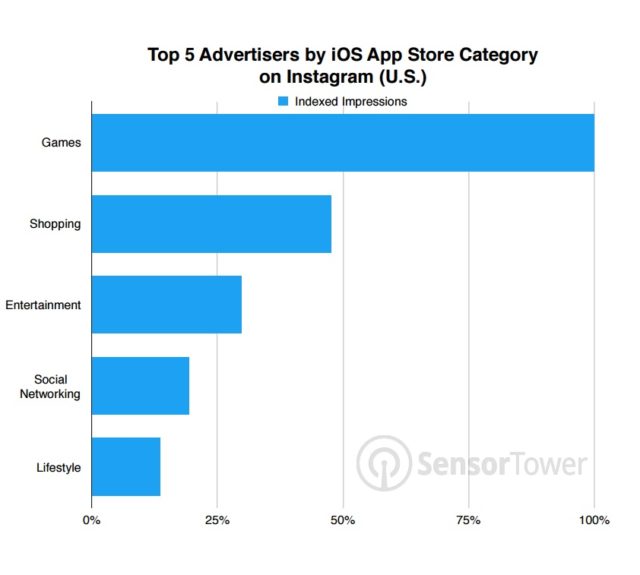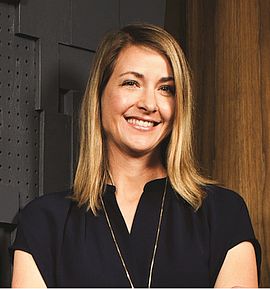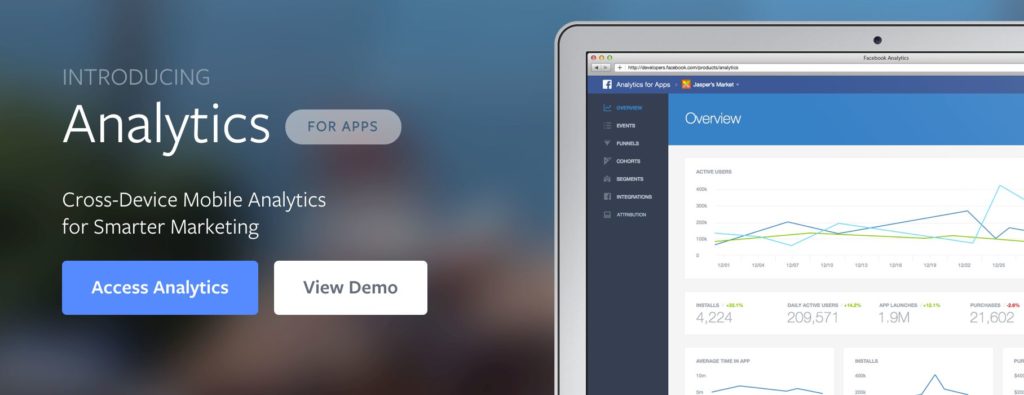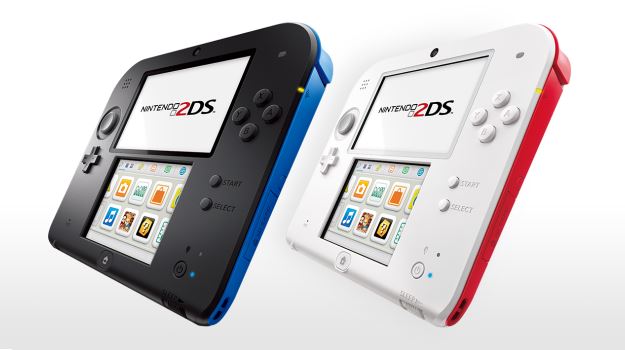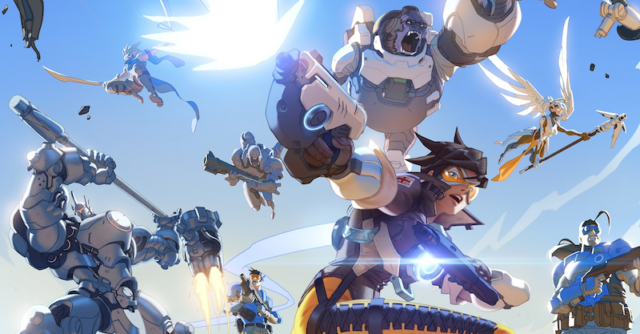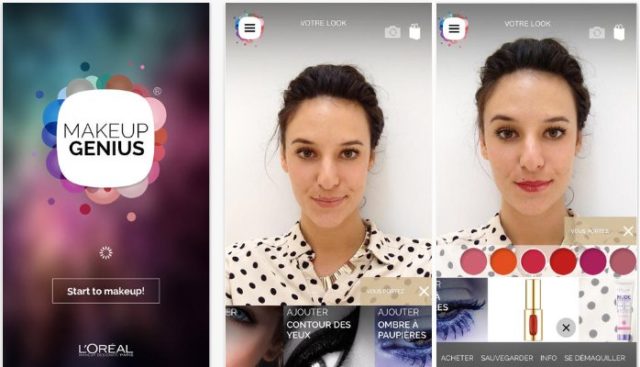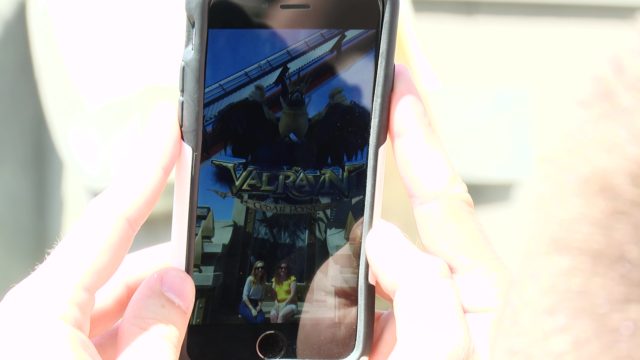There’s a new champion entering the mobile gaming arena, and its name is Muhammad Ali: Puzzle King. Developed by Cosi Games, the studio behind Pele: Soccer Legend, Puzzle King is the official mobile game inspired by the boxing legend. In this match-3 game, players throw punches by connecting three or more gems. The more gems in a combination, the harder Ali hits.
The mobile game also pays tribute to The Greatest by recounting moments that defined his life and career, ranging from his childhood in Louisville, Kentucky to his three championship titles and post-boxing career. A portion of the first month’s proceeds from the game will be donated to the Muhammad Ali Center, which was founded by the Ali family to preserve and share the boxer’s legacy and ideals.
The goal of Cosi Games is to “create the next wave of celebrity-focused mobile games built with world class quality and delightful gameplay,” and it is certainly looking to capture players’ imaginations with an official Muhammad Ali mobile game. Joshua Blitz, co-founder and CEO of Cosi Games, spoke to [a]listdaily about creating a match-3 game based on the boxing legend, and how Muhammad Ali: Puzzle King will enable players to float like a butterfly, sting like a bee.

How does Muhammad Ali: Puzzle King stand out from other match-3 puzzle games?
For starters, the gameplay is a lot of fun. Even if this were a straight-up match-3 game and had nothing to do with Muhammad Ali or boxing, it would still be fun. But what makes it truly stand out is the unique blend of match-3 puzzles and boxing action, where players can string together a long line of same-colored boxing gloves and then immediately witness the impact of their move by watching how strong their punch is. Players can even customize their own beautiful 3D Muhammad Ali avatar with a wide range of cool gloves, shorts and boots. And of course, for any fans of the boxing legend, or people who simply want to learn more about him, they will appreciate the attention to detail we spent when capturing his life and boxing career.
Why was Ali the inspiration?
We at Cosi are big sports fans and huge Muhammad Ali fans. We had built a game for the soccer legend Pele, and when we were looking for our next project, Ali was one of the few sports celebrities at the very top of our list. We admire him so much, not just for his amazing career and achievements inside the ring, but for his achievements outside the ring as a philanthropist and humanitarian as well.
In what ways does the game pay tribute to his life?
We were fortunate enough to work with Muhammad Ali’s team on this project and even the legend himself before he passed away. One way the game pays tribute to his life is that the levels mirror his career arc, so that players start in the gyms of Louisville, where he started his career, then after they’ve trained and fought some preliminary fights, they move on to Rome, where Ali made his mark by winning Olympic gold, and so on. In between levels, players are also shown great images, quotes and facts from throughout his career.
What stages of his life does the game include?
In the first five levels of the game, players are taken through the first five fights of Ali’s professional career, with each level culminating in a major bout. As we mentioned, players begin in Louisville before going to fight in Rome, with the subsequent levels taking them to Ali’s big fights against Archie Moore in Los Angeles, Charlie Powell in Pittsburgh, and then the really big one against Sonny Liston in Miami Beach. Altogether there are 150 levels, with bronze, silver and gold modes totaling 450 different challenges, and we will be expanding the game soon with more fights and more stages.
Why develop a match-3 game instead of a more straightforward boxing game?
We wanted the game to appeal to everyone, and match-3 games have perhaps the widest appeal of anything in the app stores. Once we came up with the idea of tying the puzzles into the boxing action, we knew that that was the direction we wanted to go.
Will any of Ali’s famous quotes be included?
Absolutely! The game includes practically all of his famous quotes.
Will there be any brand integration?
Yes, we have worked closely with the Estate of Muhammad Ali to integrate Ali’s brand image tightly into the game. We’ll also be conducting a lot of competitions in which we will give away prizes signed by Muhammad Ali himself. Also, 50 percent of the game’s first month of proceeds will be donated to the Muhammad Ali Center, a multicultural center, founded by the Ali family, that is dedicated to preserving and sharing Ali’s legacy and ideals.
